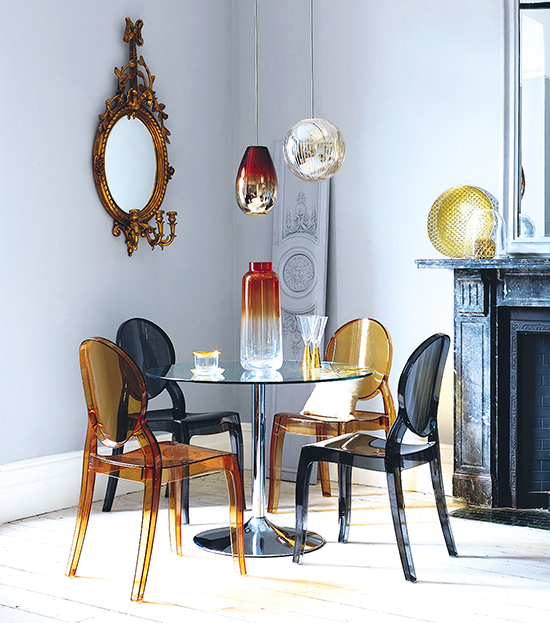Interior design: how to mix old and new for a lovely, lived in look
Interior design expert Julia Kendell explains how to mix contemporary with antiques to create a laid-back, stylish vintage look
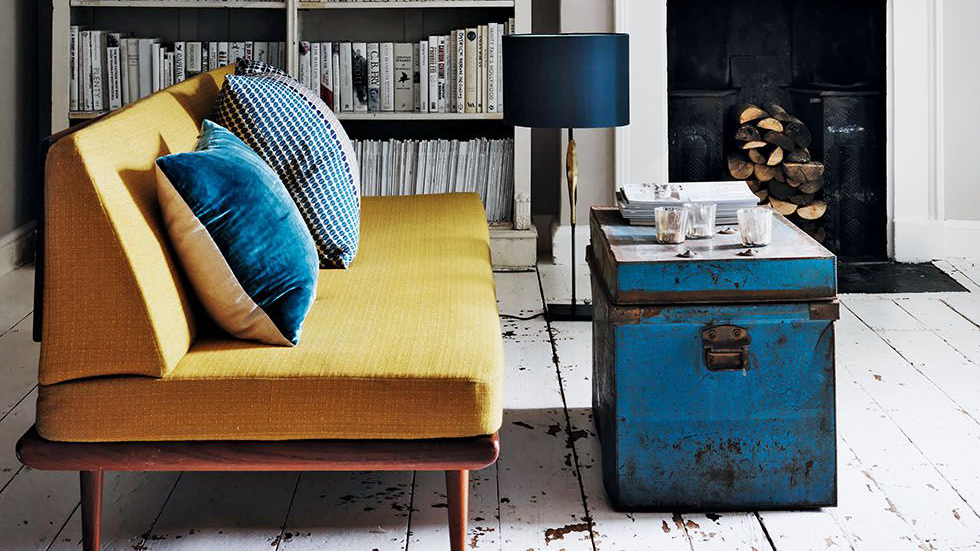
Interior design secrets are easy to crack, with mixing old and new pieces in a room to create an eclectic or lived-in look one of the simplest to get right. Combining old and new, or marrying vintage with modern, can produce a room scheme that looks as though it has evolved over many years. Blending modern trends with inherited pieces and items that have sentimental importance is what makes our homes unique. There’s something special about a room that stimulates your nostalgic senses, but creating a balance so that the room looks elegant rather than untidy or a mishmash of junk can be challenging.
Why mix old and new? The obvious answer is that everyone has inherited something old from a family member, friend or former housemate, even if it's a small ornament. Another is that many of us can't afford to buy everything new, preferring to trawl boot fairs and antiques markets for more affordable, characterful finds instead. So, if you want to create a scheme that combines modern trends with inherited, vintage or antique designs, follow our essential guide.
Find lots more interior design advice in our dedicated design hub.
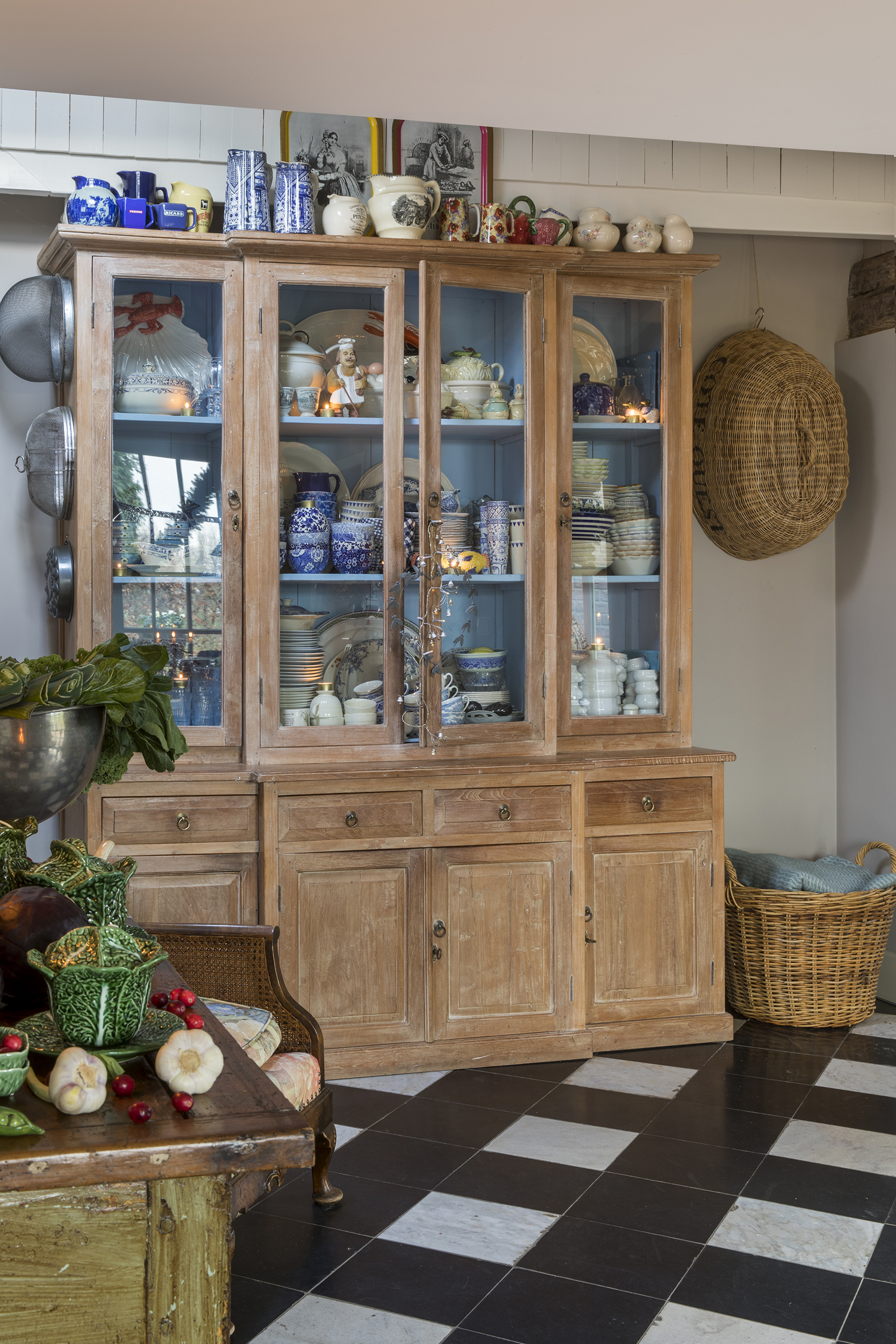
How do you want the room to feel?
As with any room scheme, determining the overall feel you want to achieve is the best starting point. Do you want the interior design mix of old and new to feel elegant, fresh, lived-in, relaxed, classic or unorthodox? It will then be easier to choose the designs for your desired look.
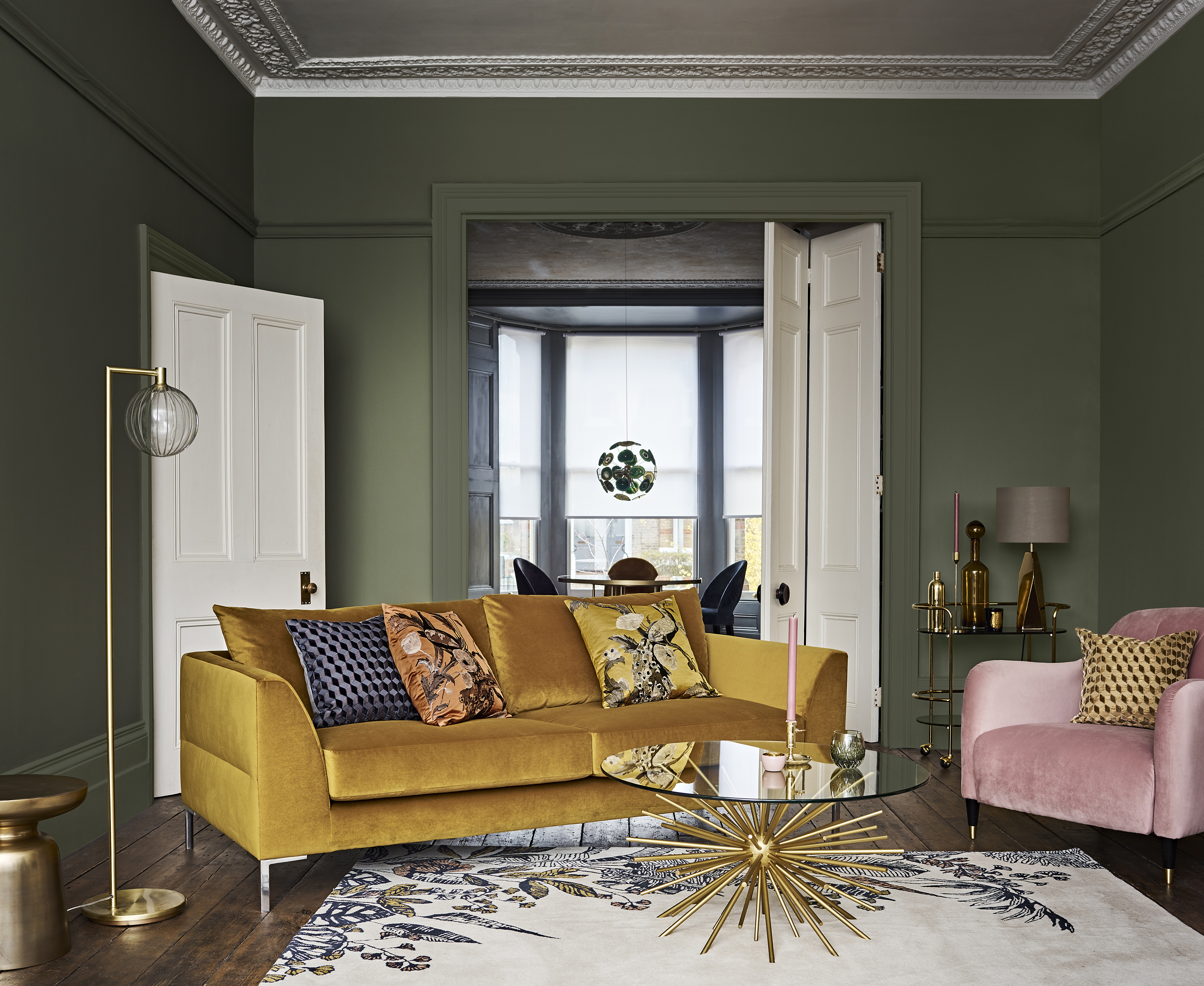
Decide on a colour palette
Deciding on the colour palette should be your next consideration. When mixing old and new and using lots of interesting individual elements, there isn’t such a need to add dramatic colour to your walls, for example, to create added impact. For that reason, a neutral palette is generally the most successful as it allows the pieces within the space to shine.
If you do want to add a touch of colour, however, it’s best to think bold so it doesn’t get lost. It’s also imperative to unify the scheme and create a backdrop to the furnishings by choosing the right flooring. Hardwood is the best way to achieve this, but other solid surfaces can work equally well. Fitted carpet is generally too ‘suburban’ for this genre, although rugs, particularly tribal or geometric designs, anchor the room and bring in warmth in an unpretentious way.
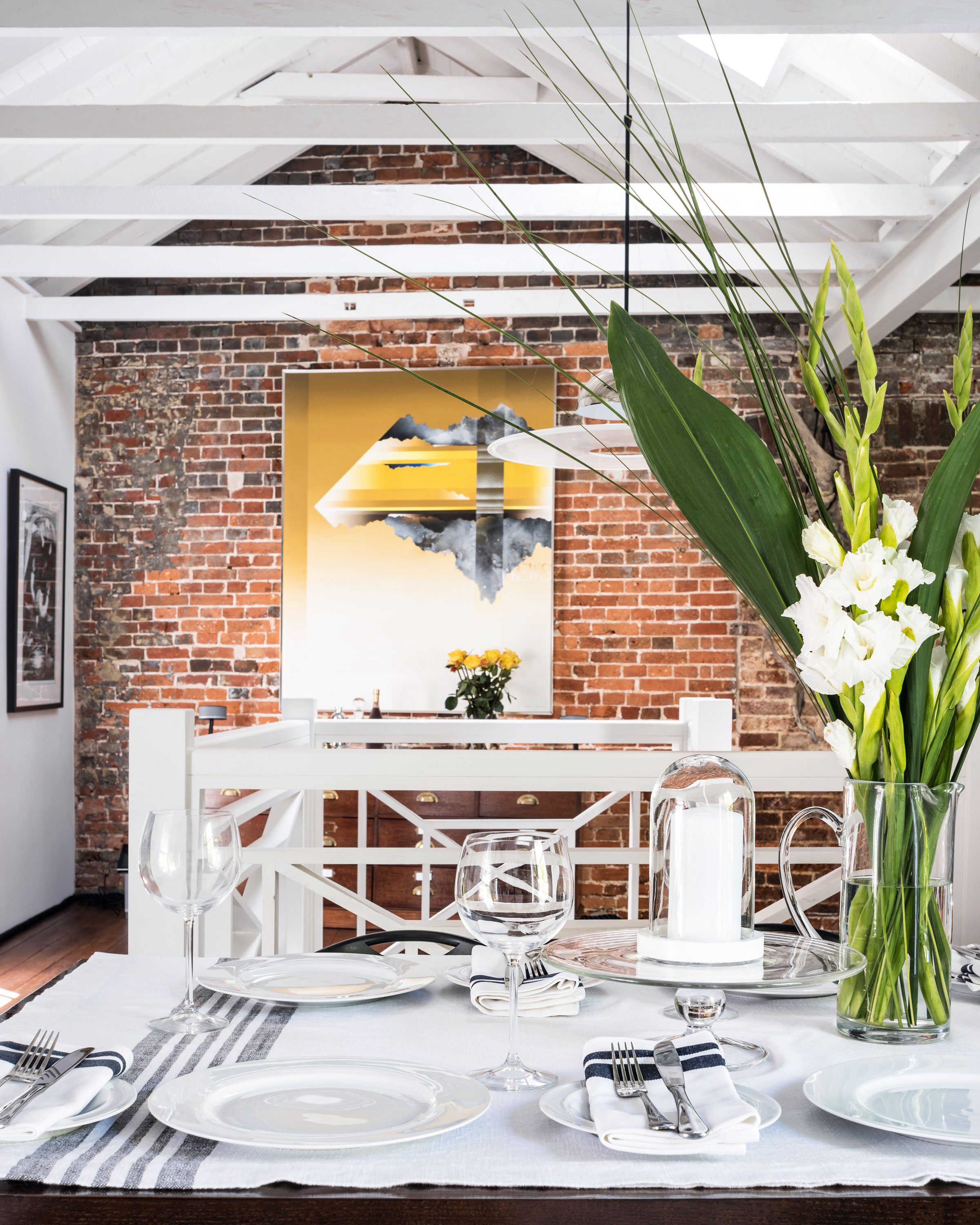
Create an architectural backdrop
Stunning spaces with high ceilings, fabulous windows and original features provide the perfect backdrop to any design, and it is possible to introduce a little of this to a less architecturally interesting space. Eclectic interiors tend to be based on either traditional or industrial roots, so adding raw elements such as exposed brickwork, weathered textural wall finishes and classically styled fireplaces will help to set the scene. To add this element to a more modern space, take a look at the wallpaper ranges at Rockett St George – I particularly love the Brooklyn Tin Tiles design.
Get small space home decor ideas, celeb inspiration, DIY tips and more, straight to your inbox!
For smaller rooms, a worn, country-style finish will be easier to achieve, integrating vintage pieces and large contemporary art for impact. To maximise the sense of space, keep window treatments to a minimum and be careful not to over-clutter the design.
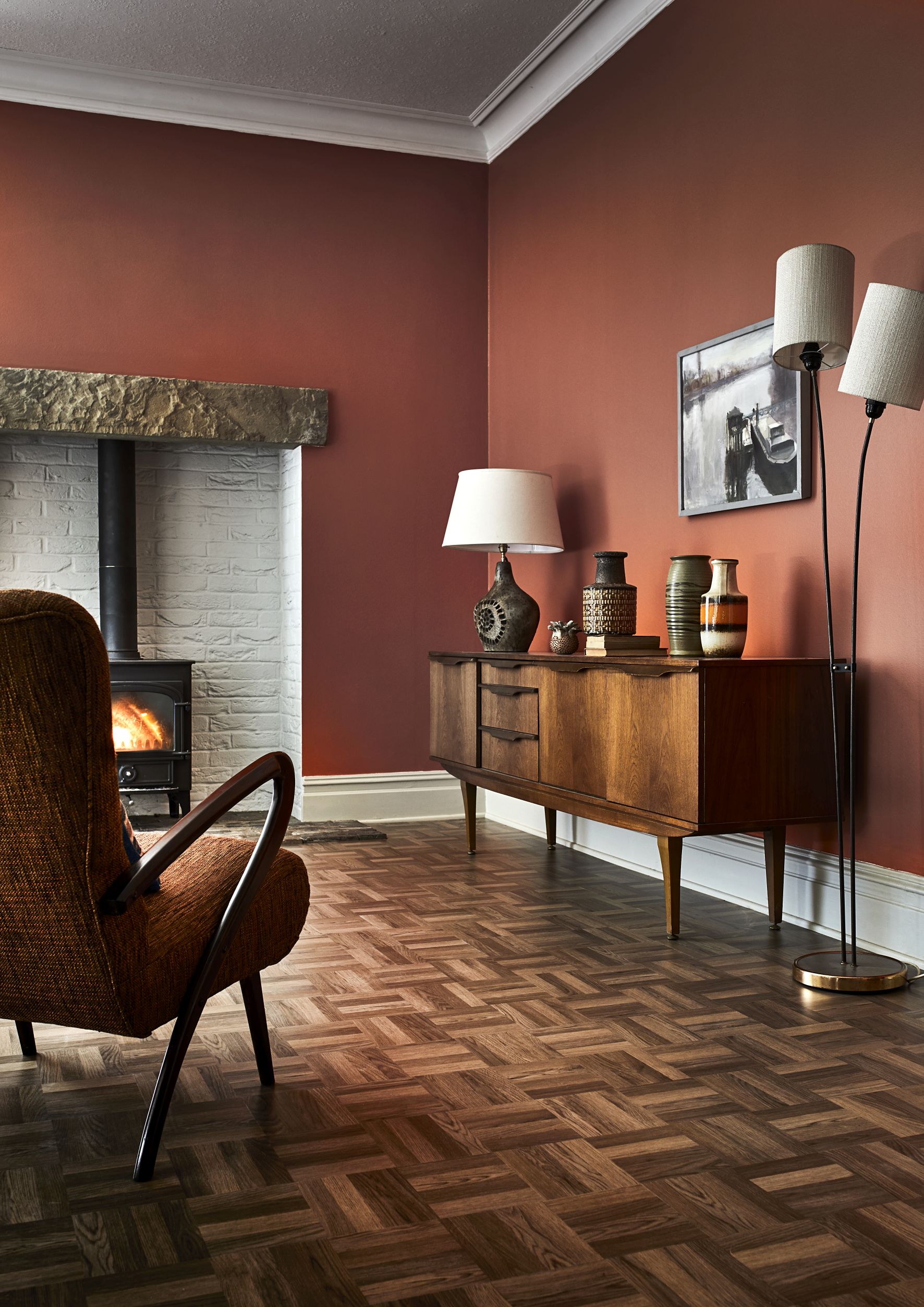
Mix old and new in a successful combination
A room that cleverly combines old and new is cohesive and calm; there’s no single ‘feature’ item and the eye travels from one design to another, taking in the style of each. To ensure your rooms are stylish, not chaotic, every item used must be of good quality or beautiful in its own right. Combine and group pieces to allow the individual charm of each to be appreciated, and it’s better to use items that contrast in period or look than those that are simply a ‘bit different’. For example, combining a heavily carved armoire with the clean lines of colourful Panton chairs will produce a juxtaposition that allows both to be appreciated individually.
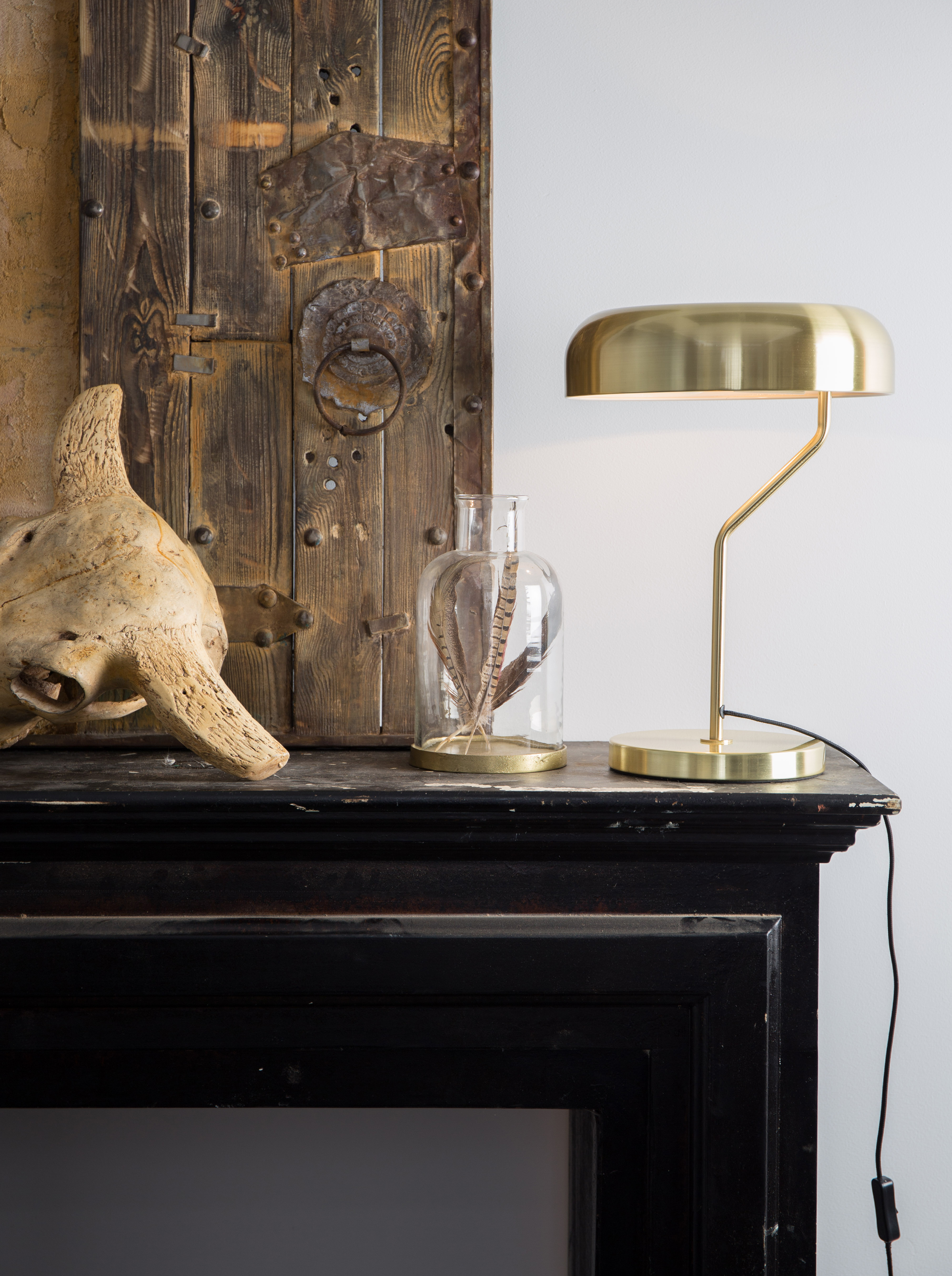
It’s also important to be aware of the scale of each piece within the space, as getting the proportions right is essential to how furnishings relate to one another, particularly when creating an eclectic scheme. Oversized designs are generally better than undersized, for example in pendant lighting – some of the most impressive schemes combine contemporary seating with vintage chandeliers and classical mirrors.
Creating the right balance
Mixing different styles within the same scheme works if there is a balance between the numbers of pieces used. For example, one Georgian sideboard thrown in with a few Chinese and contemporary pieces will stand out for the wrong reasons. Instead, distribute designs so that they aren’t grouped in their periods or styles. If you have inherited a vintage piece of furniture, helping it to fit in can be as easy as finding a few accessories from the same era to tie it in.
While the overall look of the room is important, a successful eclectic space is made up of smaller vignettes. Imagine taking photographs around the room for a magazine – if you can find several areas that produce exquisite snapshots, it’s likely you will have achieved a stunning final space.
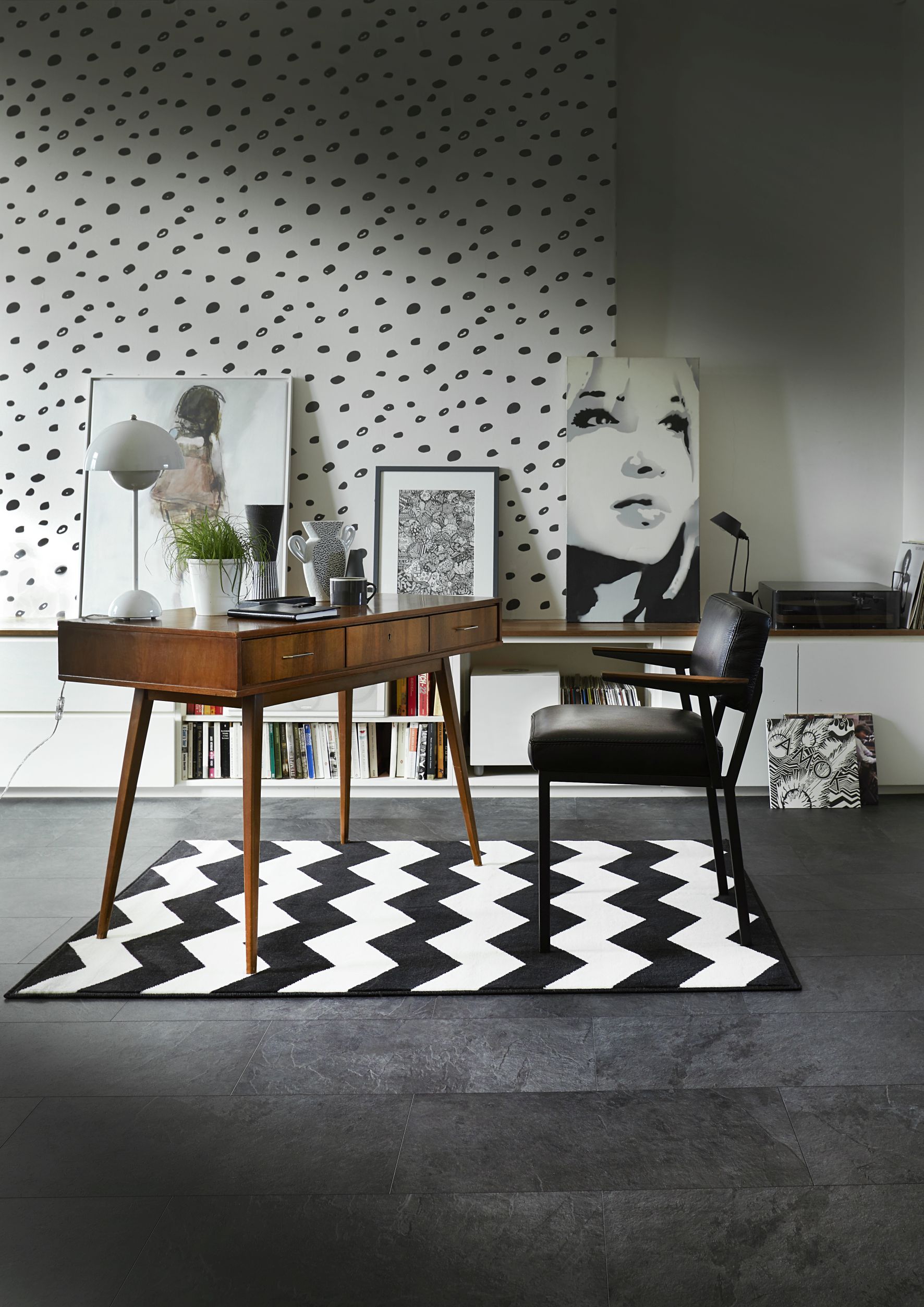
Choose creative furniture
The way you use your items in the space is equally as significant as the actual item. An effective eclectic scheme should be theatrical in style. To achieve this, try re-purposing favourite items, such as an old ladderback chair as a bedside table, a vintage suitcase as a coffee table, or an industrial workbench as a dining table.
Another great way to be creative with furniture and create a unique look is to upcycle vintage pieces using contemporary fabrics and colours, achieving a one-off piece that bridges the gap between styles.
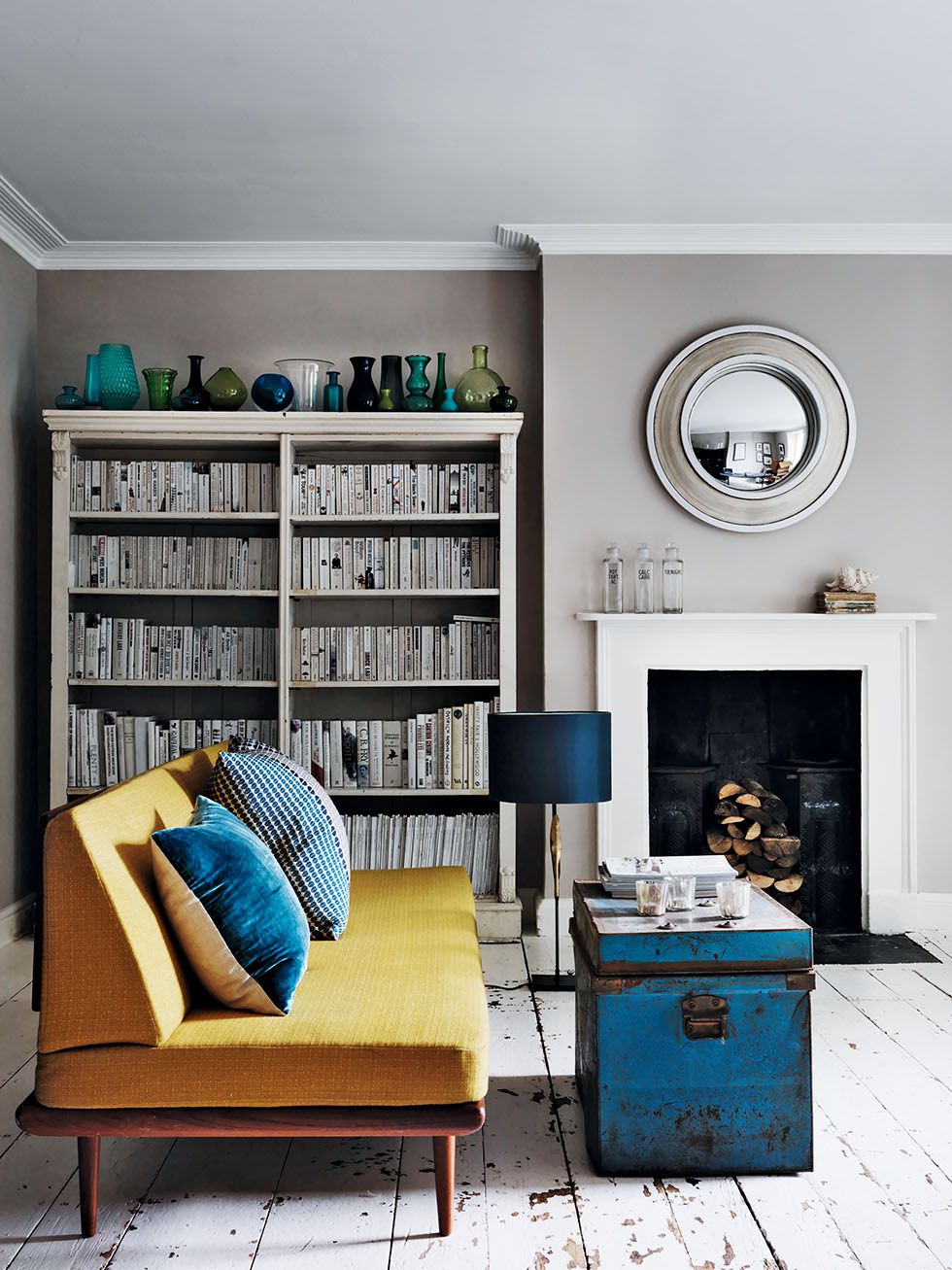
Use Textures and layering aplenty
While ‘worn’ and aged pieces can be a lovely addition, too many can give the effect of a junk shop rather than the elegant look you’re trying to create. To get it right, mix them with smooth, unblemished surfaces and silky textures. Try a mirrored tray on a worn timber coffee table or a new silk cushion on a distressed leather chair. Mixing a strong and symmetrical display, such as framed pictures on a contemporary-coloured wall, can be the perfect contrast to weathered, vintage-style furnishings.
Introducing natural textures, such as leather, faux-fur, wool and linen, will also help to create a more relaxed feel. Layer sumptuous throws and cushions and incorporate a range of lamps to achieve a cosy ambience and bring the look to life.
